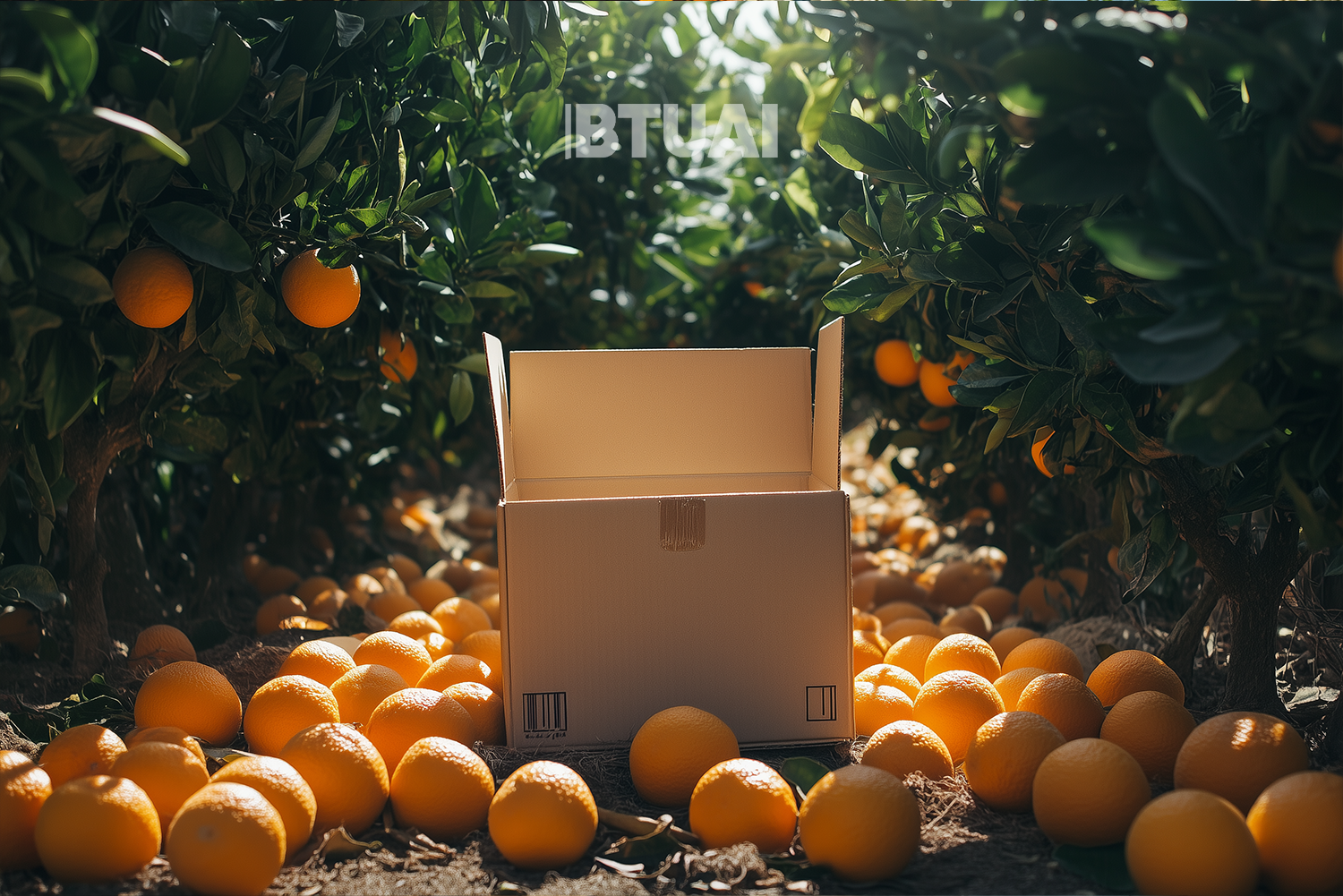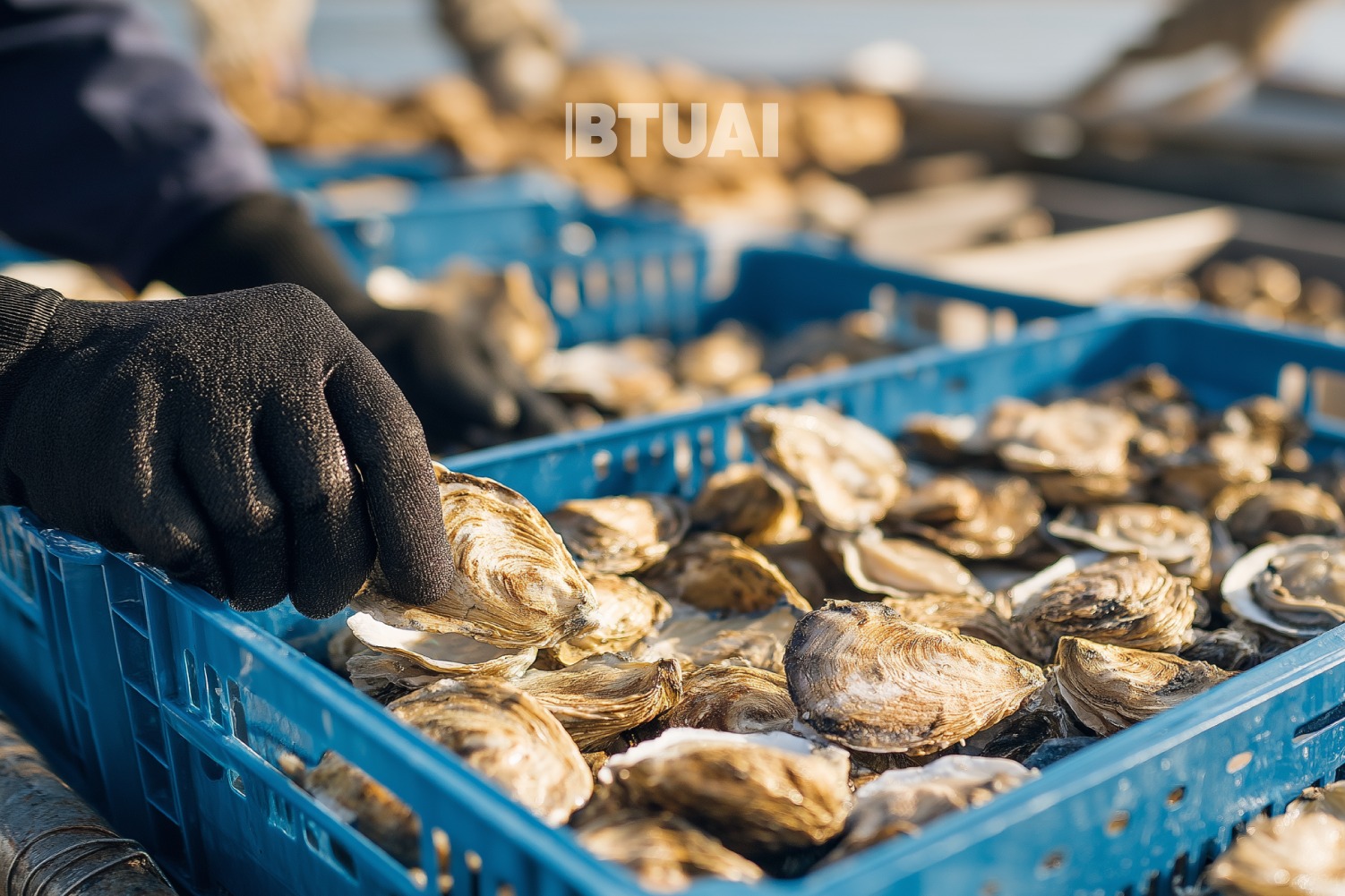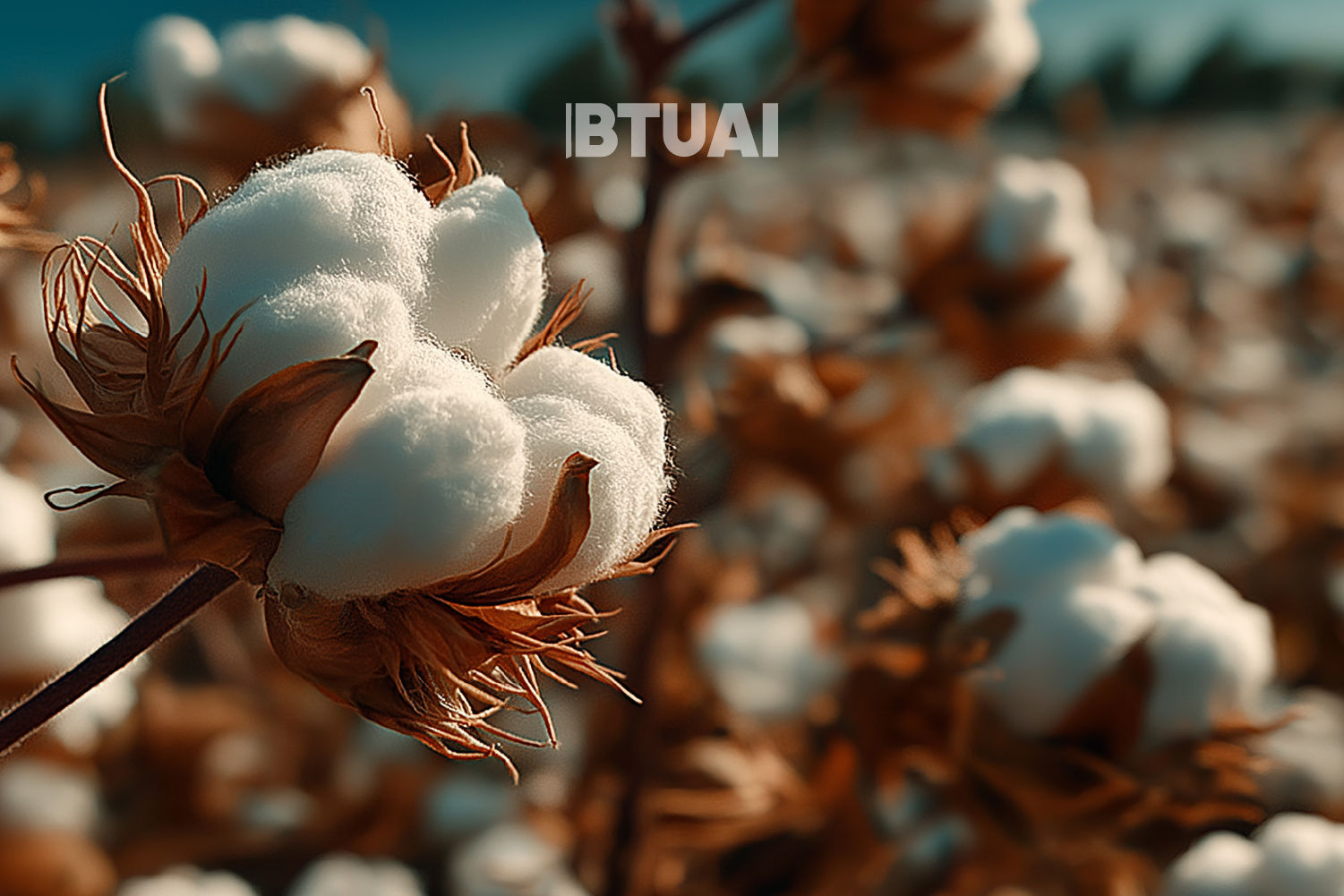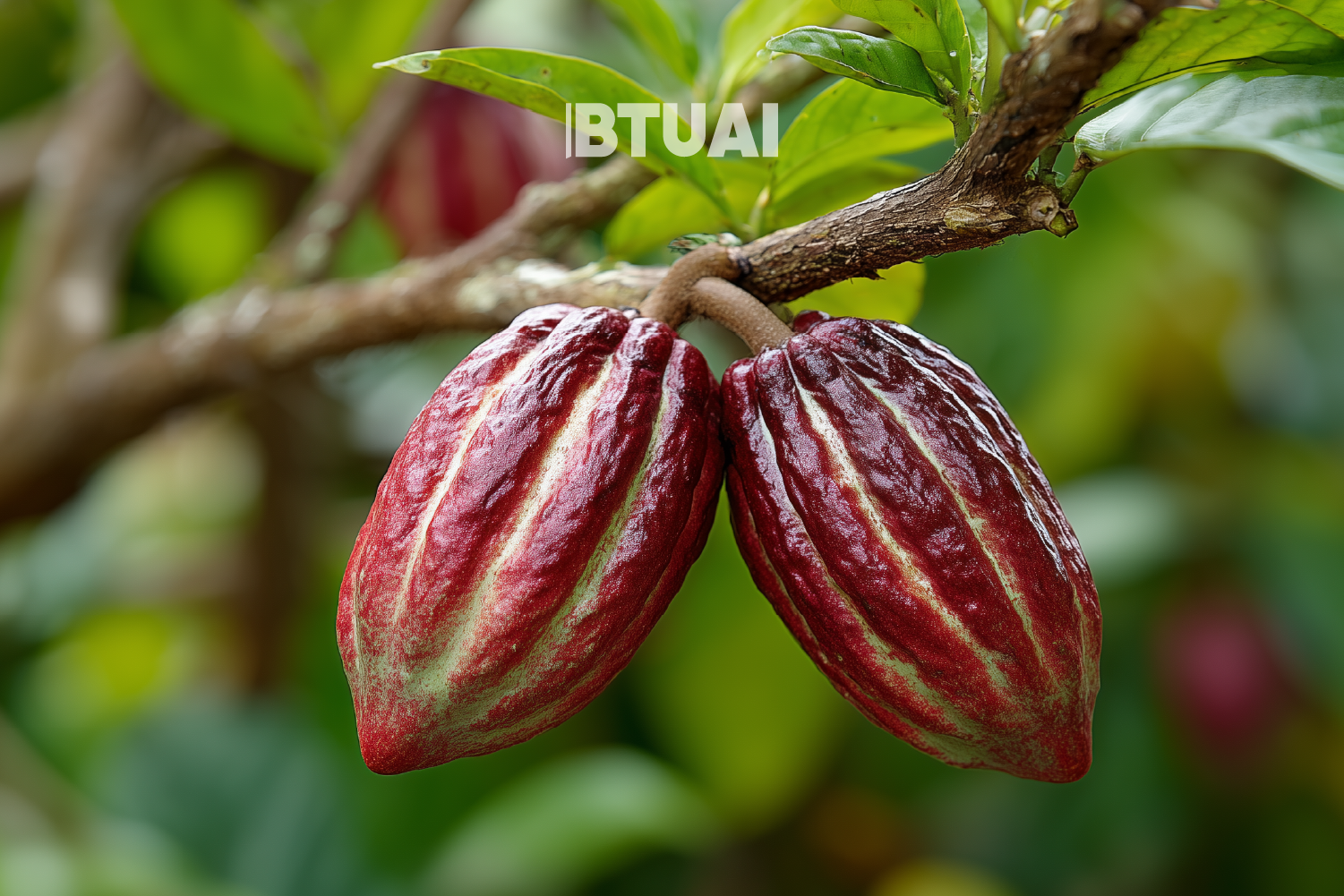Dynamics of Citrus Imports in Georgia: Market Trends, Key Players, and Future Prospects
The import of oranges and mandarins plays a significant role in Georgia’s food market, despite the fact that local

The import of oranges and mandarins plays a significant role in Georgia’s food market, despite the fact that local production, particularly of mandarins, is quite developed. The volume of citrus imports in recent years has been influenced by various factors, including price fluctuations in international markets, logistical issues, and the dynamics of local demand. Data from January to November 2024 indicated a reduction in orange imports, while mandarin imports slightly decreased in quantity, although their financial value slightly increased.
In 2024, orange imports totaled 9,204 tons, which represents a decrease compared to the same period in 2023. From a financial perspective, the value of imported oranges was $5,481,110, which also showed a slight reduction compared to last year’s data. The primary countries from which oranges are imported to Georgia are mainly from the Near and Far East. Turkey and Iran are the two largest suppliers, holding significant market shares. These countries have a geographical advantage, which helps reduce logistical costs and create competitive prices. Oranges imported from Turkey amounted to approximately 4,182 tons, while 3,240 tons came from Iran, demonstrating that these two countries are the largest citrus importers for Georgia. In addition, countries such as Egypt, South Africa, and the United Arab Emirates are attempting to establish a presence in the market, although their share remains relatively small.
The trend in mandarin imports is somewhat different. In the first 11 months of 2024, Georgia imported 6,172 tons of mandarins, which represents a decrease from 6,384 tons in the same period of 2023. However, the total value of imported mandarins rose to $3,951,290, which could be a result of higher prices in international markets or an increased demand in Georgia for higher-quality citrus. As with oranges, Turkey is the largest supplier of mandarins, accounting for almost 5,200 tons of imports to Georgia. Iran, Egypt, and South Africa supply mandarins in relatively smaller quantities, but their market share remains stable.
The decrease in mandarin imports may be due to several factors. On the one hand, local mandarin production is becoming more competitive each year, which reduces the need for imported products in the domestic market. Georgia occupies a leading position in mandarin exports, and its local production has a significant impact on import volumes. On the other hand, rising prices in international markets may have forced importers to reduce the volume of imported products and focus on more profitable business models.
The reduction in orange imports may be explained not only by a decrease in local demand but also by the increasing availability of alternative fruits in the market, which attract consumer interest. In recent years, Georgia has sought new trade partners and is trying to diversify its import sources, which helps stabilize prices and improve the quality of imported products.
Looking ahead, it is possible that Georgia will further strengthen its local mandarin production, which could lead to increased exports and potentially reduce imports. At the same time, the structure of orange imports may change as new markets open, which could alter the dominant positions of Turkey and Iran. While Egypt and South Africa currently supply relatively small quantities of citrus to Georgia, they may become more important players over time, particularly if they succeed in offering competitive prices and quality.
Changes in Georgia’s citrus import market further demonstrate the dynamic nature of international trade and how global economic trends impact specific sectors. In the future, Georgia is likely to continue collaborating with new markets to increase import diversification, while growth in local production will help reduce dependence on imports.




